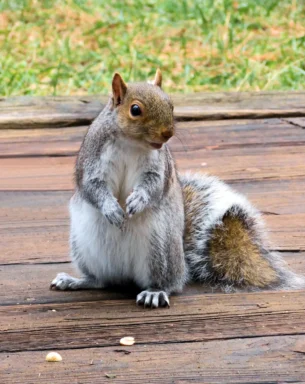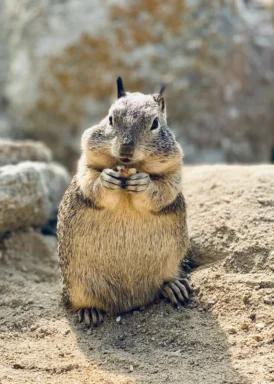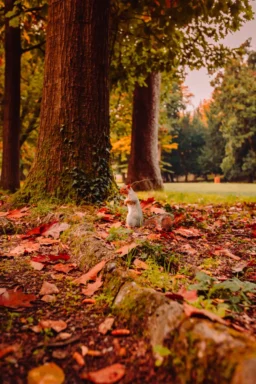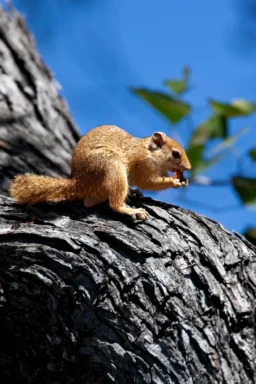Squirrels, with their whimsical tails and playful demeanor, often captivate the eyes of those who cross their paths. Yet, beyond their charming exterior lies a realm of intriguing facts waiting to be unearthed. The journey into 10 interesting facts about squirrels unfolds a narrative of nature's creativity and adaptability.
Key Takeaways
- The diversity among squirrel species reveals a myriad of adaptations and behaviors.
- Squirrels play a significant role in ecosystems, contributing to the health and balance of nature.
- Their intriguing behaviors and physical attributes invite a deeper appreciation of wildlife.
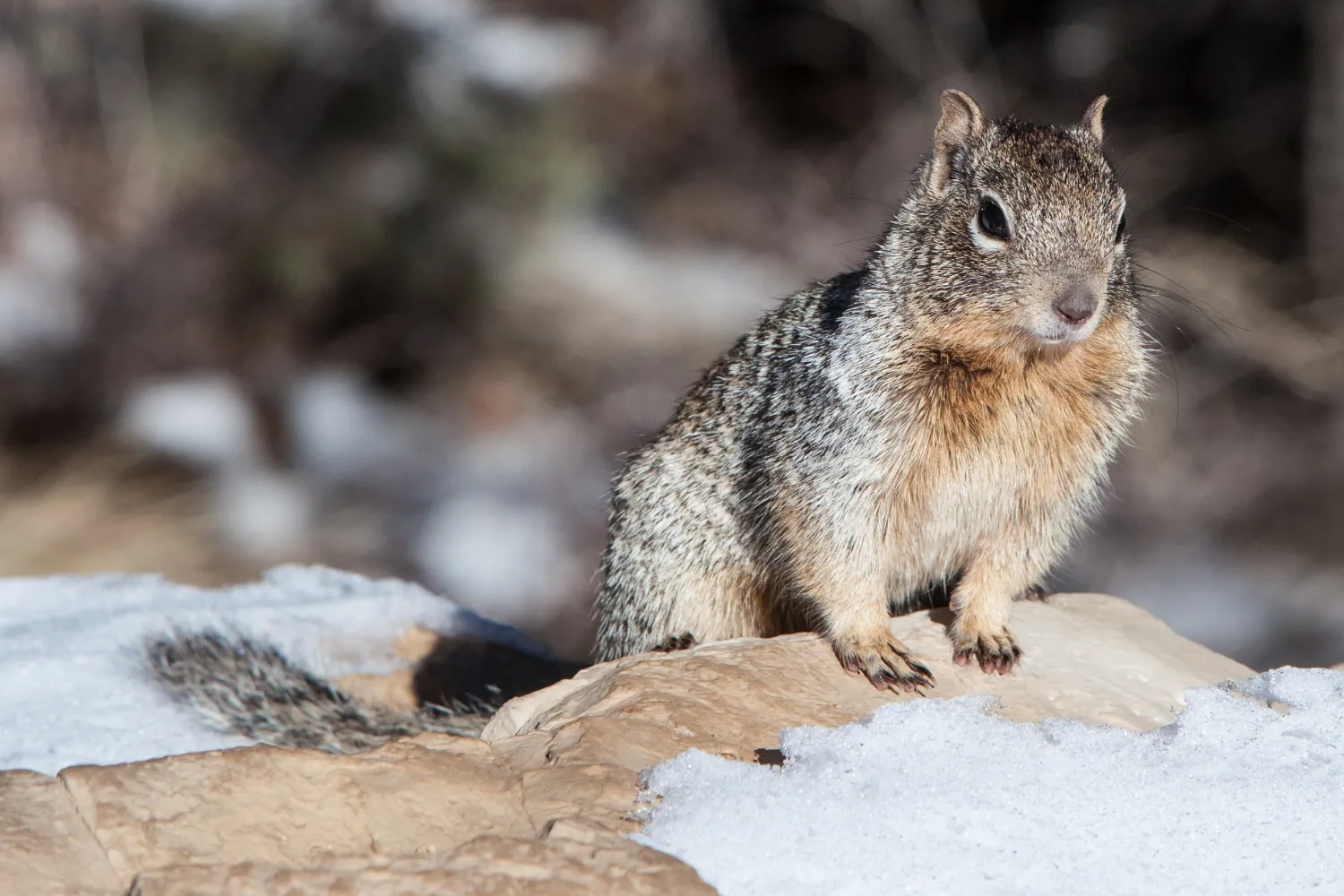
The Spectrum of Squirrel Species: A Glimpse of Diversity
The world of squirrels is a vibrant display of species diversity, each variant adorned with unique features and habits that set it apart.
Species Variation:
- From the commonly seen grey squirrel to the elusive flying squirrel, the spectrum of species is vast and fascinating1.
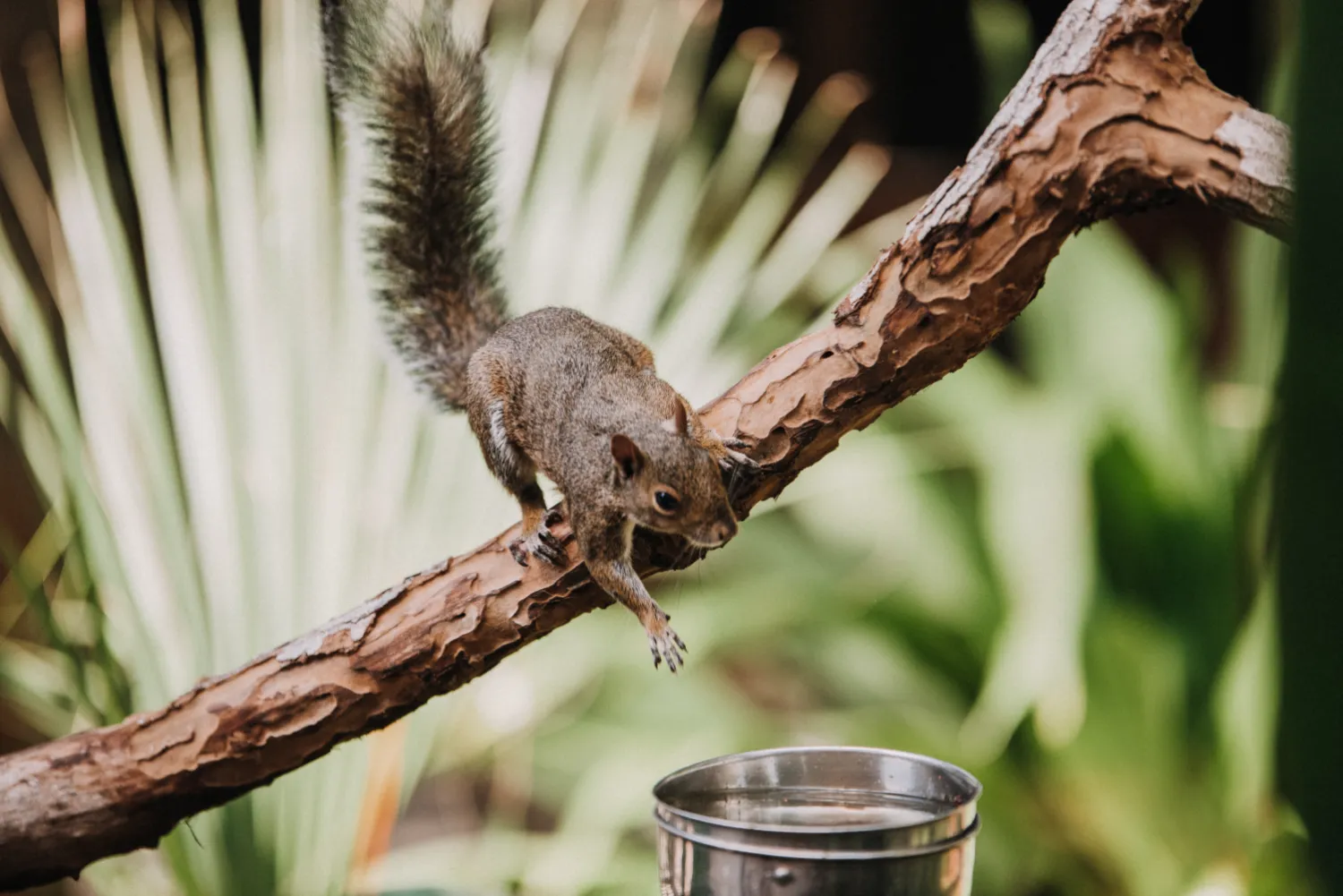
Squirrel Communication: A Symphony of Sounds and Signals
Squirrels exhibit a complex communication system, their interactions a blend of vocalizations, tail flicks, and scent markings.
Vocalizations:
Their vocal repertoire includes various calls used for alerting others of danger or establishing territorial boundaries2.
Physical Signals:
Tail flicks and body postures play a crucial role in squirrel communication, conveying emotions and intentions.
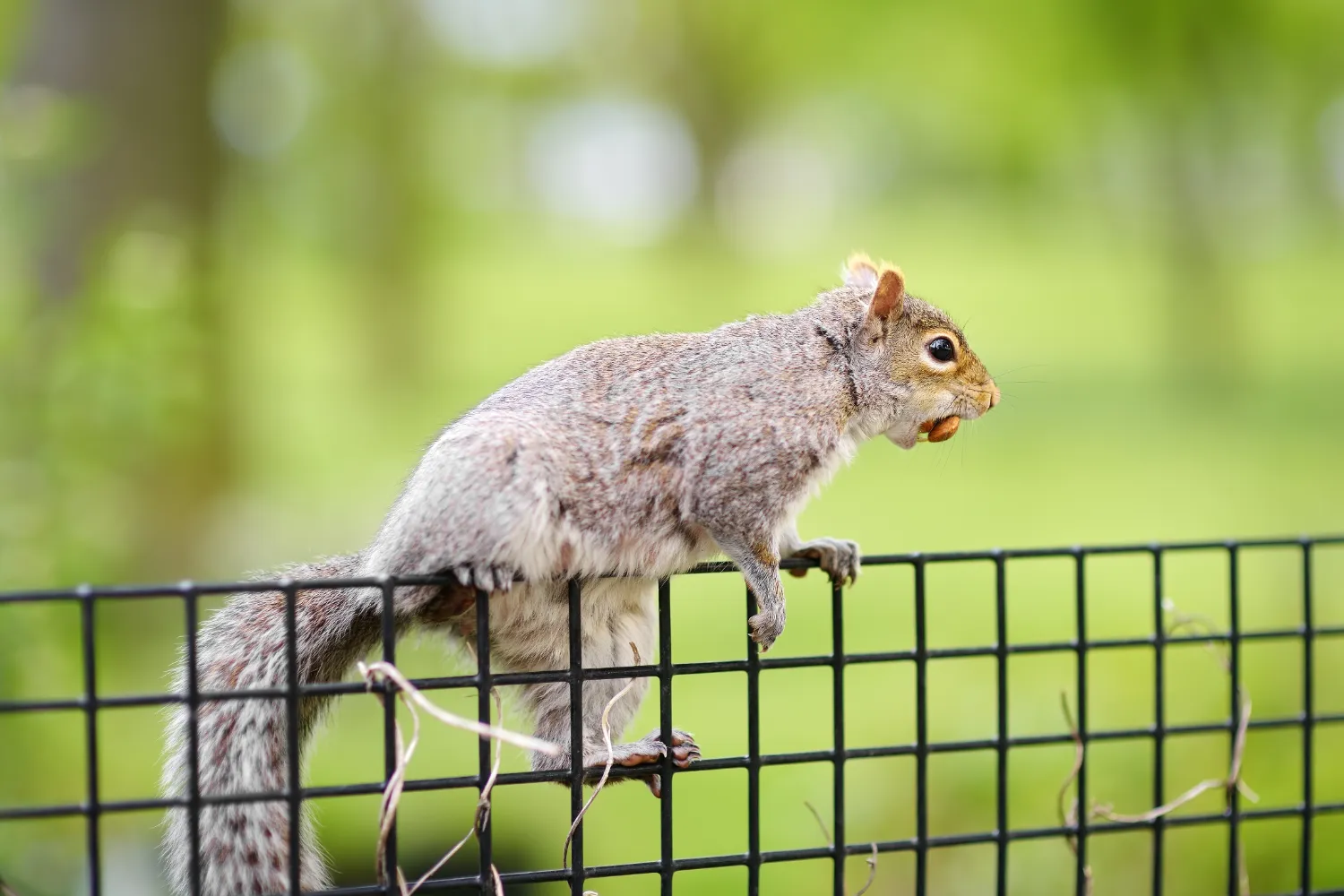
Squirrels as Forest Gardeners: The Seed Dispersal Phenomenon
Often unbeknownst to many, squirrels play a pivotal role as seed dispersers, contributing to the health and regeneration of forests.
Seed Burying Habit:
Their habit of burying seeds not only serves as a food storage strategy but also aids in the propagation of many tree species3.
The Aerial Acrobats: Mastery of Gliding and Jumping
The physical agility of squirrels is a spectacle to behold, their aerial maneuvers showcasing a blend of grace and precision.
Gliding Ability:
Flying squirrels possess a patagium, a skin membrane that extends between their limbs, allowing them to glide through the air with remarkable ease.
Jumping Prowess:
Other squirrel species exhibit extraordinary jumping abilities, leaping distances many times their body length to traverse the treetops.
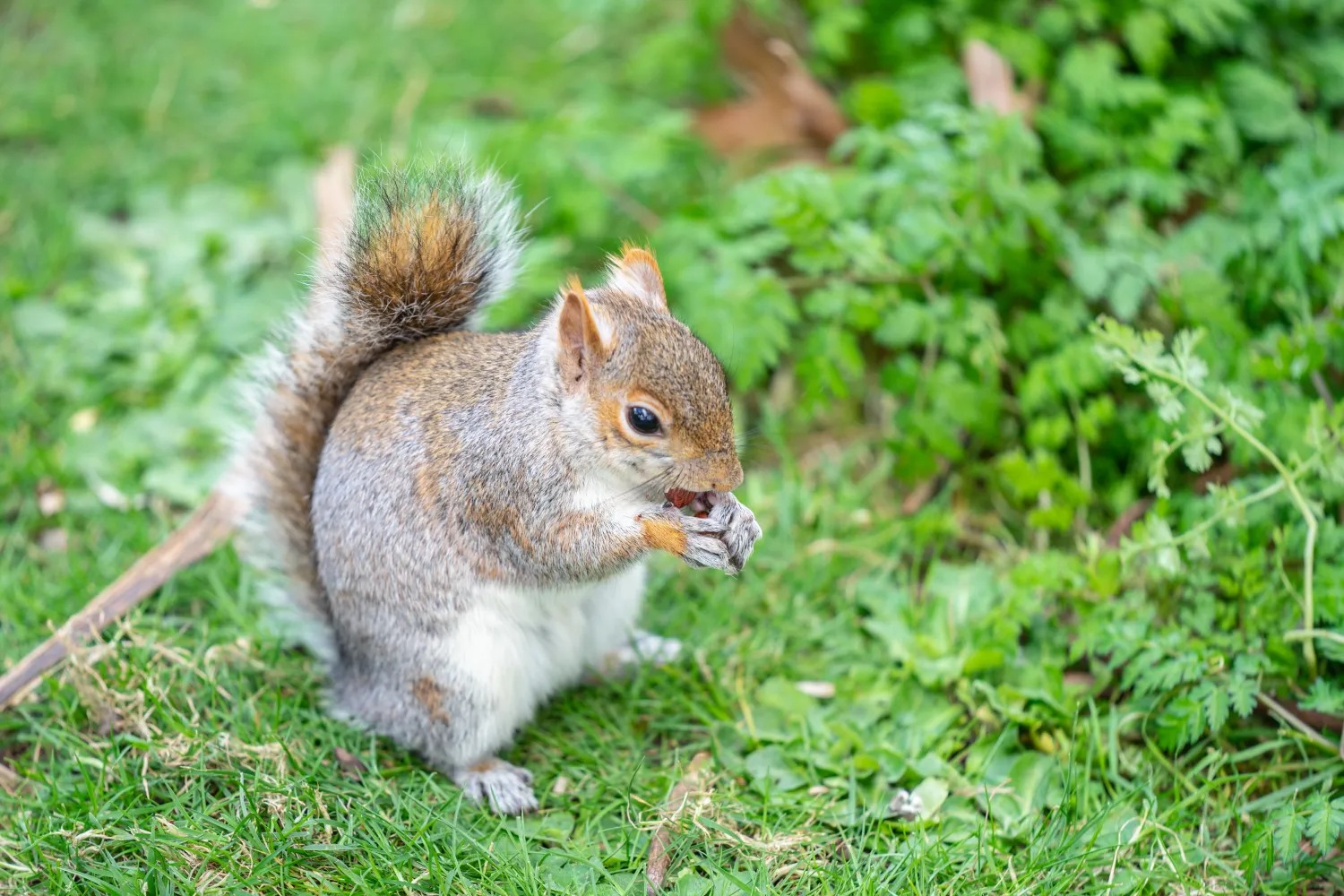
The Cognitive Realm: Squirrels and Problem Solving
Squirrels exhibit remarkable cognitive abilities, particularly when it comes to problem-solving and memory retention, which are crucial for their survival.
Memory Retention:
Their ability to remember the locations of hundreds of buried food items showcases an impressive level of spatial memory.
Problem-Solving Skills:
Faced with complex food acquisition challenges, squirrels demonstrate a keen ability to solve problems and overcome obstacles.
The Squirrel-Human Nexus: A Bond of Curiosity and Coexistence
The interaction between humans and squirrels often unveils a narrative of curiosity, coexistence, and sometimes, conflict.
Urban Adaptability:
Squirrels have shown a remarkable ability to adapt to urban environments, showcasing a level of flexibility and resilience.
Human-Squirrel Interactions:
From being fed by humans in parks to sometimes causing a ruckus in attics, the human-squirrel relationship is a mixed bag of experiences.
The Peculiar Habits: Unveiling Squirrel Quirks
The quirky behaviors of squirrels often add a touch of amusement and wonder to the observer’s experience.
Mating Chases:
The exciting mating chases among squirrels, particularly during their breeding season, is a spectacle of speed and agility.
Playful Antics:
The playful antics of squirrels, be it chasing each other through the trees or engaging in playful wrestling, add a whimsical charm to their persona.
Survival Strategies: The Squirrels’ Guide to Thriving
In the face of predators and environmental challenges, squirrels exhibit a range of survival strategies that ensure their continued existence.
Camouflage and Alertness:
Their fur color provides camouflage, while their heightened sense of alertness helps evade potential threats.
Nesting Habits:
Building dreys high in the trees or burrowing underground, squirrels exhibit varied nesting habits that provide safety and shelter.
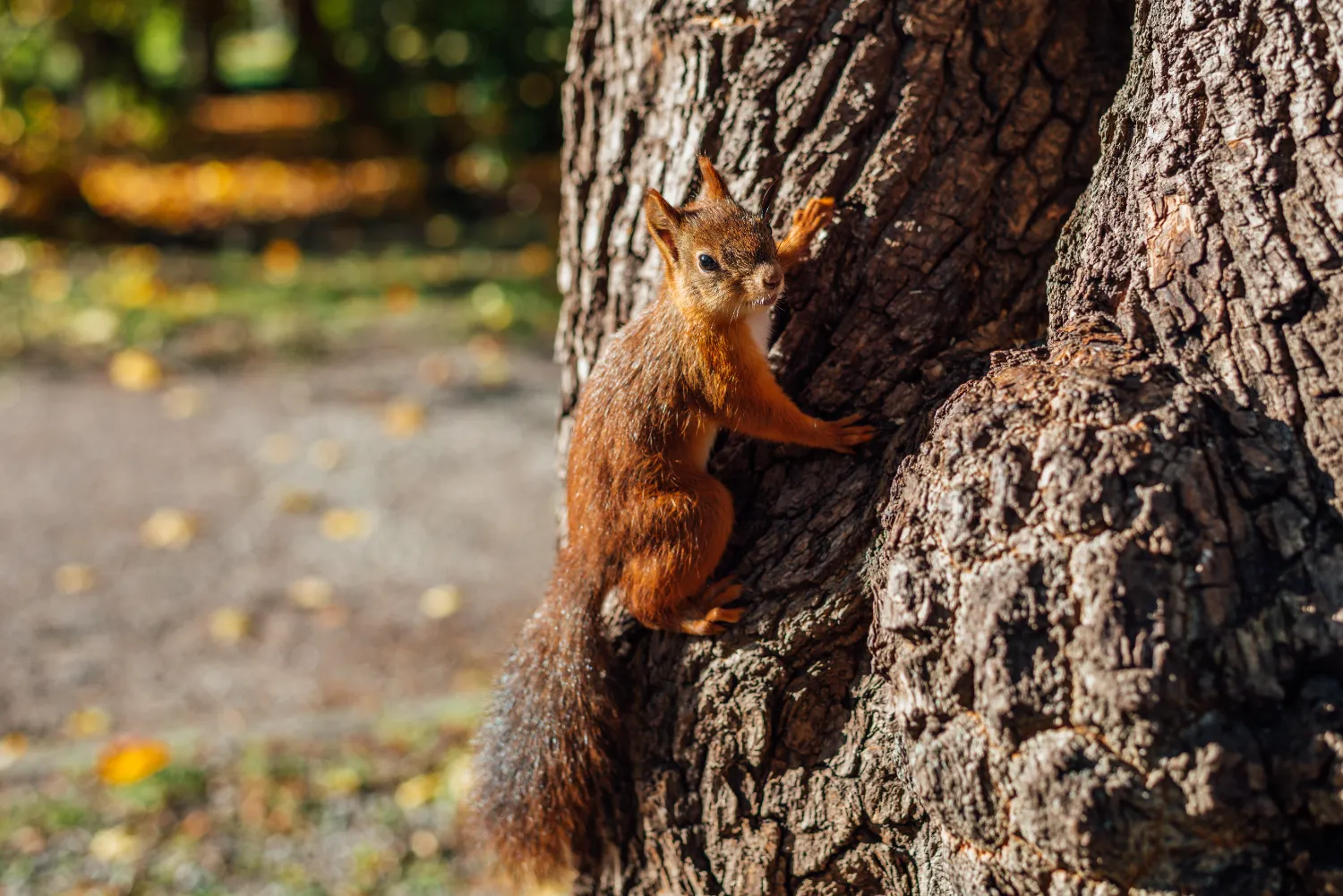
Frequently Asked Questions
Do squirrels have unique personalities?
Yes, squirrels exhibit a range of personalities, and individuals may be curious, cautious, aggressive, or playful, adding to the intricate tapestry of squirrel society.
How do squirrels contribute to the environment?
Squirrels play a vital role in ecosystems as seed dispersers, aiding in forest regeneration and providing food for various predators.
Are squirrels intelligent?
Indeed, squirrels showcase remarkable intelligence through their problem-solving skills, memory retention, and adaptability to various environments.

